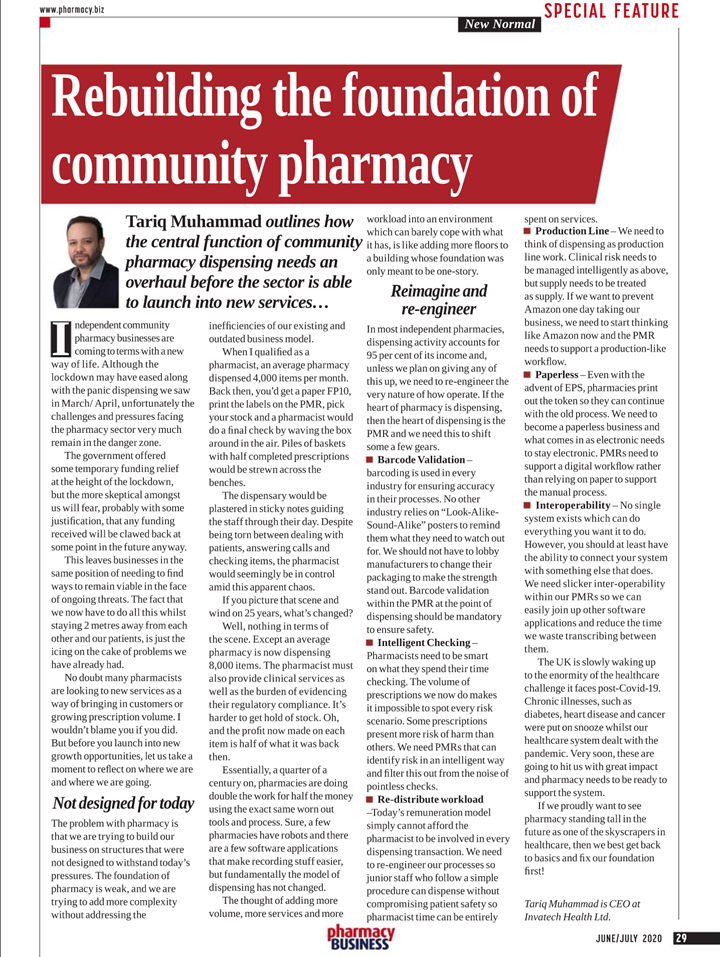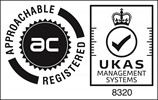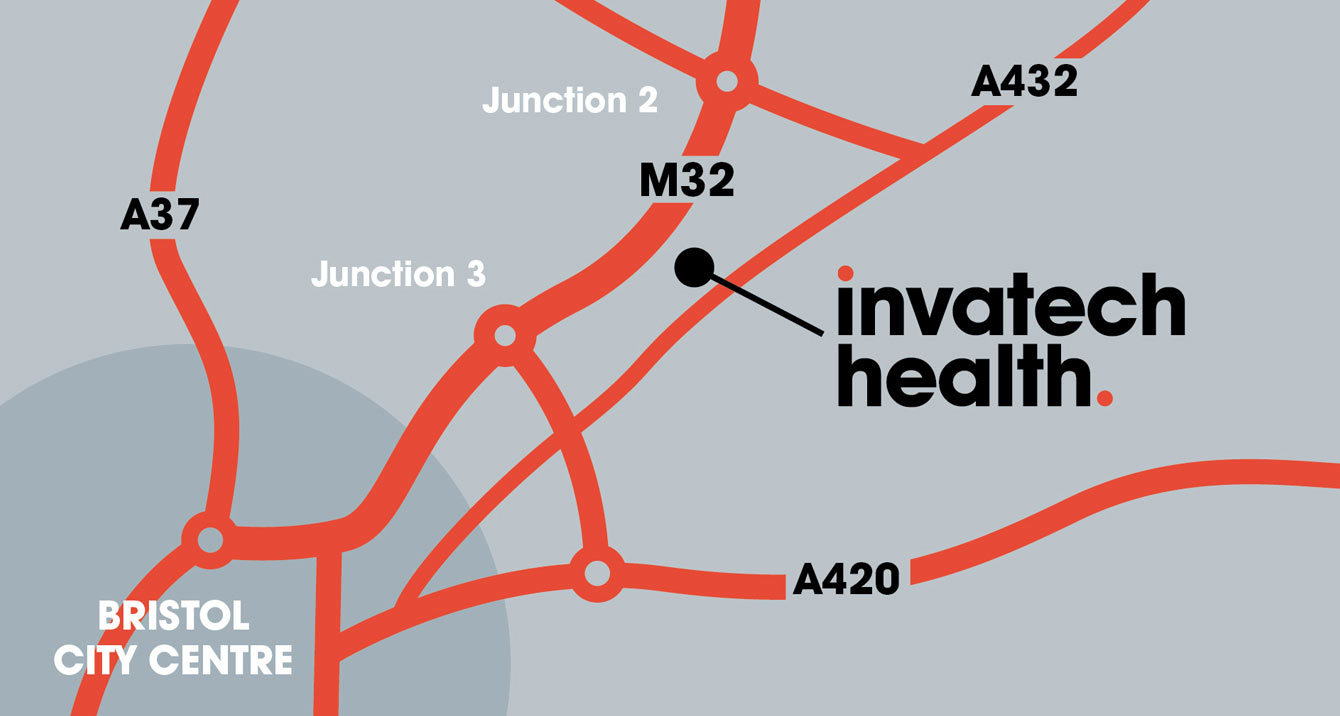Rebuilding The Foundation Of Pharmacy
Pharmacies are coming to terms with a new way of life. Although lockdown may have eased along with the panic dispensing we saw in March/ April, unfortunately the challenges facing community pharmacy very much remain in the danger zone.
The government offered some temporary funding relief at the height of the lockdown, but the more skeptical amongst us will fear, probably with some justification, that any funding received will be clawed back at some point in the future anyway. This leaves businesses in the same position of needing to find ways to remain viable in the face of ongoing threats, only now we have to keep 2m apart from each other and our patients on top of everything else.
No doubt many pharmacists are looking to new services as a way of bringing in customers or growing prescription volume. But before launching into new growth opportunities, let us take a moment to reflect on where we are and where we are going.
Not Designed For Today
The problem with pharmacy is that we are trying to build our business on structures that were not designed to withstand today’s pressures. The foundation of pharmacy is weak, and we are trying to add more complexity without addressing the inefficiencies of our outdated business model.
When I qualified as a pharmacist, an average pharmacy dispensed 4,000 items per month. Back then, you’d get a paper FP10, print the labels on the PMR, pick your stock and a pharmacist would do a final check by waving the box around in the air. Piles of baskets with half completed prescriptions would be strewn across benches. The dispensary would be plastered in sticky notes guiding the staff through their day. Despite being torn between dealing with patients, answering calls and checking items, the pharmacist would seemingly be in control amid this apparent chaos.
If you picture that scene and wind on 25 years, what’s changed? Well, nothing in terms of the scene. Except an average pharmacy is now dispensing 8,000 items. The pharmacist must also provide clinical services as well as the burden of evidencing their regulatory compliance. It’s harder to get hold of stock. Oh, and the profit now made on each item is half of what it was back then.
Essentially, a quarter of a century on, pharmacies are doing double the work for half the money using the exact same worn out tools and process. Sure, a few pharmacies have robots and there are a few software applications that make recording stuff easier, but fundamentally the model of dispensing has not changed.
The thought of adding more volume, more services and more workload into an environment which can barely cope with what it has, is like adding more floors to a building whose foundation was only meant to be one-story.
Reimagine and Re-engineer
In most pharmacy businesses dispensing activity accounts for 95% of its income and, unless we plan on giving any of this up, we need to re-engineer the very nature of how operate. If the heart of pharmacy is dispensing, then the heart of dispensing is the PMR and we need this to shift gear.
- Barcode Validation – barcoding is used in every industry for ensuring accuracy in their processes. No other industry relies on “Look-Alike-Sound-Alike” posters to remind them what they need to watch out for. We should not have to lobby manufacturers to change their packaging to make the strength stand out. Barcode validation within the PMR at the point of dispensing should be mandatory to ensure safety.
- Intelligent Checking – Pharmacists need to be smart on what they spend their time checking. The volumes we now do makes it impossible to spot every risk scenario. Some prescriptions present more risk of harm than others. We need PMRs that can identify risk in an intelligent way and filter this out from the noise of pointless checks.
- Re-distribute workload –Today’s remuneration model simply cannot afford the pharmacist to be involved in every dispensing transaction. We need to re-engineer our processes so junior staff who follow a simple procedure can dispense without compromising patient safety so pharmacist time can be entirely spent on services.
- Workflow – We need to think of dispensing as production line work. Clinical risk needs to be managed intelligently as above, but supply needs to be treated as supply. If we want to prevent Amazon one day taking our business, we need to start thinking like Amazon now and the PMR needs to support a production-like workflow.
- Paperless – Even with the advent of EPS, pharmacies print out the token so they can continue with the old process. We need to become a paperless business and what comes in as electronic needs to stay electronic. PMRs need to support a digital workflow rather than relying on paper to support the manual process.
- Interoperability – No single system exists which can do everything you want it to do. However, you should at least have the ability to connect your system with something else that does. We need slicker inter-operability within our PMRs so we can easily join up other software applications and reduce the time we waste transcribing between them.
The UK is slowly waking up to the enormity of the healthcare challenge it faces post-Coronavirus. Chronic illnesses, such as diabetes, heart disease and cancer were put on snooze whilst our healthcare system dealt with the pandemic. Very soon, these are going to hit us with great impact and pharmacy needs to be ready to support the system.
If we proudly want to see pharmacy standing tall in the future as one of the skyscrapers in healthcare, then we best get back to basics and fix our foundation first!










